The following symbols are the most common that appear on a map screen.
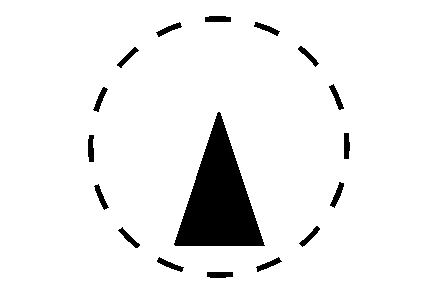
The vehicle is shown as this symbol. It indicates the current position and its heading direction on the map.
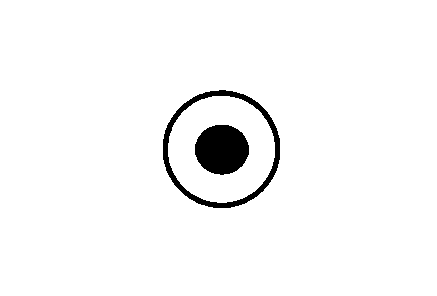
This symbol appears on the map to show the destination after a route has been planned.
See Enter Destination for more information on planning a route.
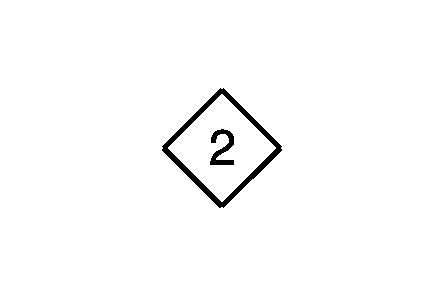
This type of symbol on the map displays when a waypoint has been planned.
The waypoint symbol is numbered from 1 through 5 depending on how many waypoints have been set. See Edit Waypointfor more information on adding waypoints.
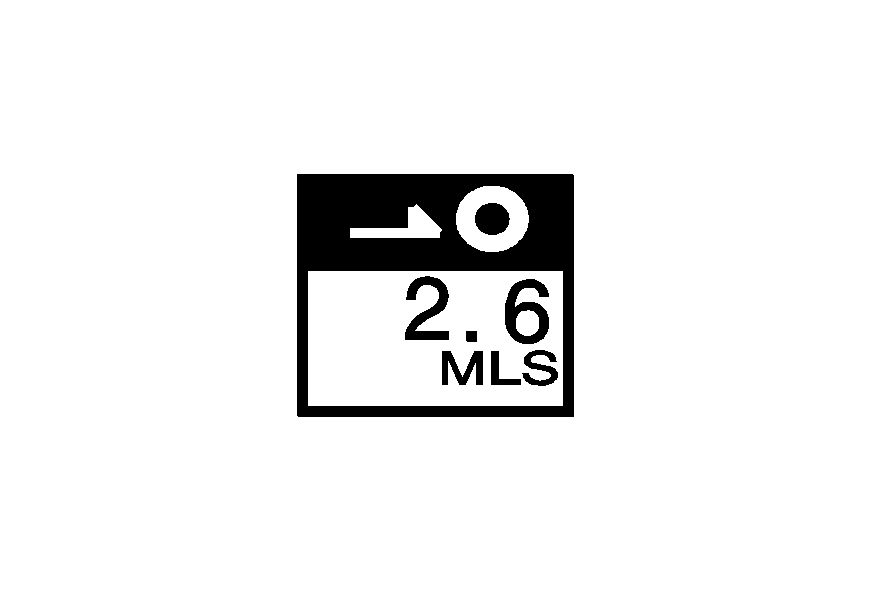
This symbol indicates the distance to the final destination.
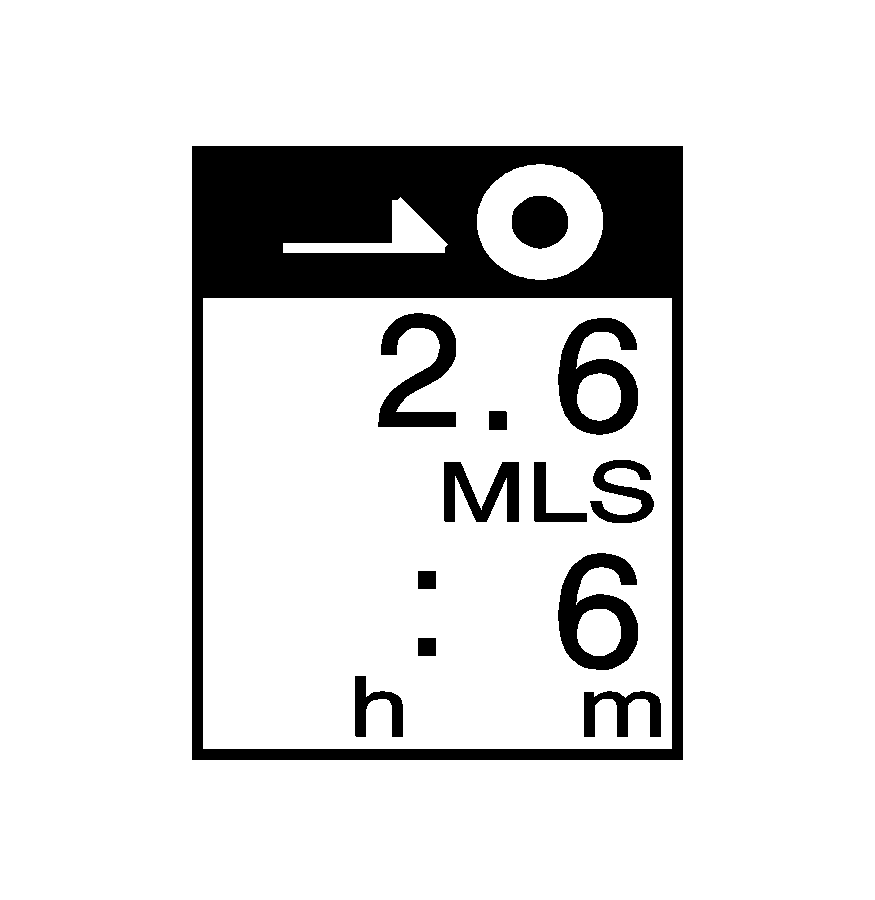
This symbol indicates the distance and estimated travel time to the final destination. The Estimated Travel Time feature must be on for estimated travel time to be displayed.
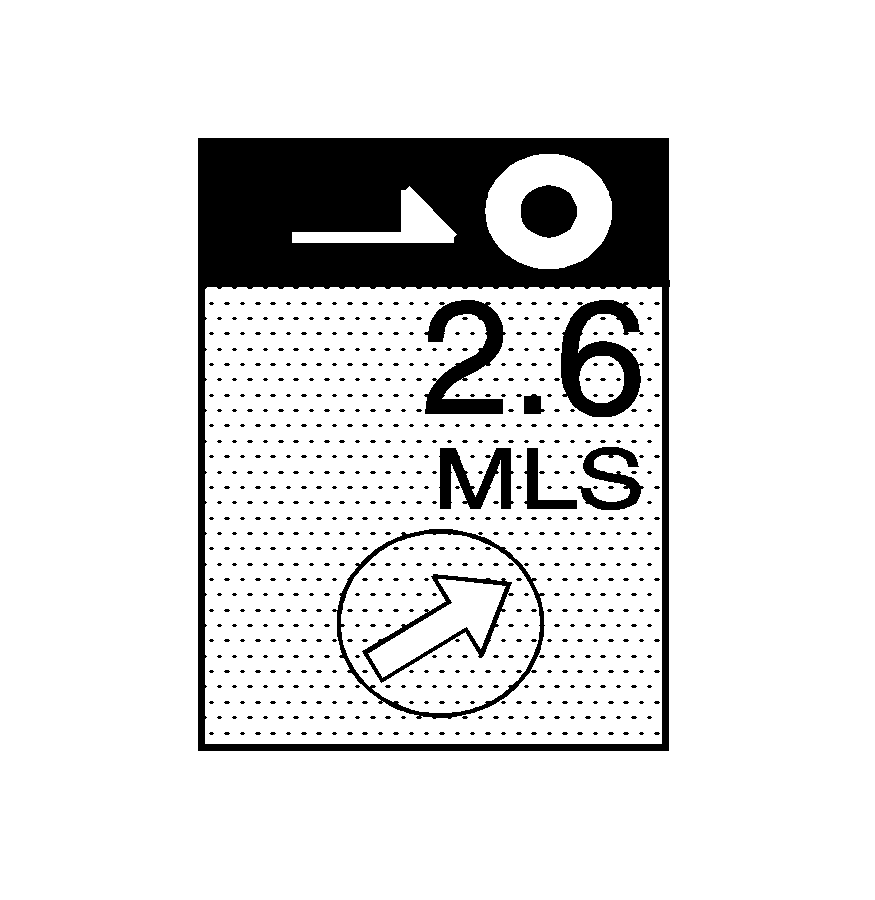
This symbol indicates the distance to the final destination in a straight line.
This symbol appears before route guidance begins or if the vehicle is on a road where route guidance is not available.
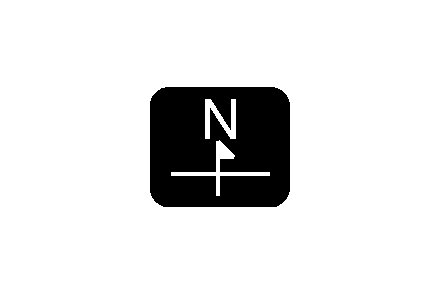
This symbol indicates the map with North up.
While in North up mode, North is always be at the top of the map screen regardless of which direction the vehicle is traveling.
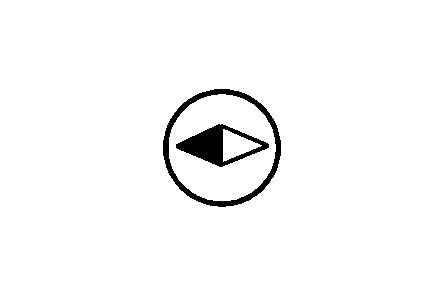
This symbol indicates the map with the vehicle travel direction up, or Heading up.
The shaded triangle indicates North. While in Heading up mode, the direction the vehicle is being travelled will always be at the top of the map screen.
Touch either the North Up heading symbol or the vehicle Heading Up symbol to alternate between settings.
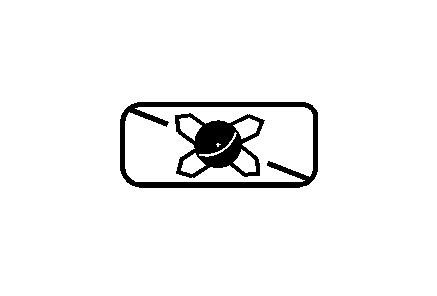
This symbol appears when the navigation system is unable to receive the GPS signal.
See Global Positioning System (GPS)for more information.
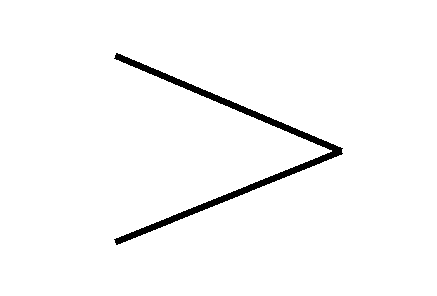
When a point of interest (POI) or street address name is too long to be displayed, an arrow appears.
Touch the right or left arrow to scroll through the entire name.
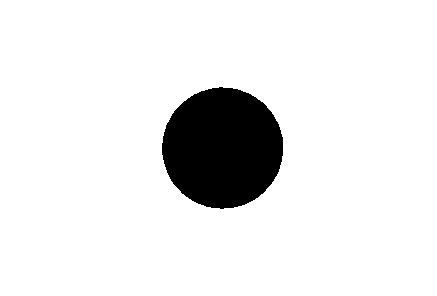
This symbol indicates the position of the next turn instruction.
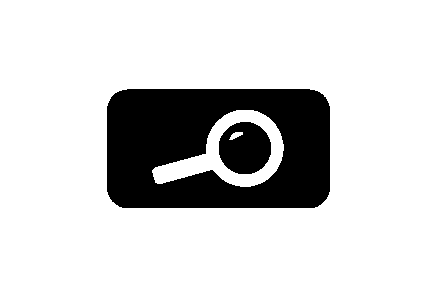
While on a planned route, touch this symbol to display the DEST MAP, WHOLE, and TURN LIST options.
With these options, the following can be done:
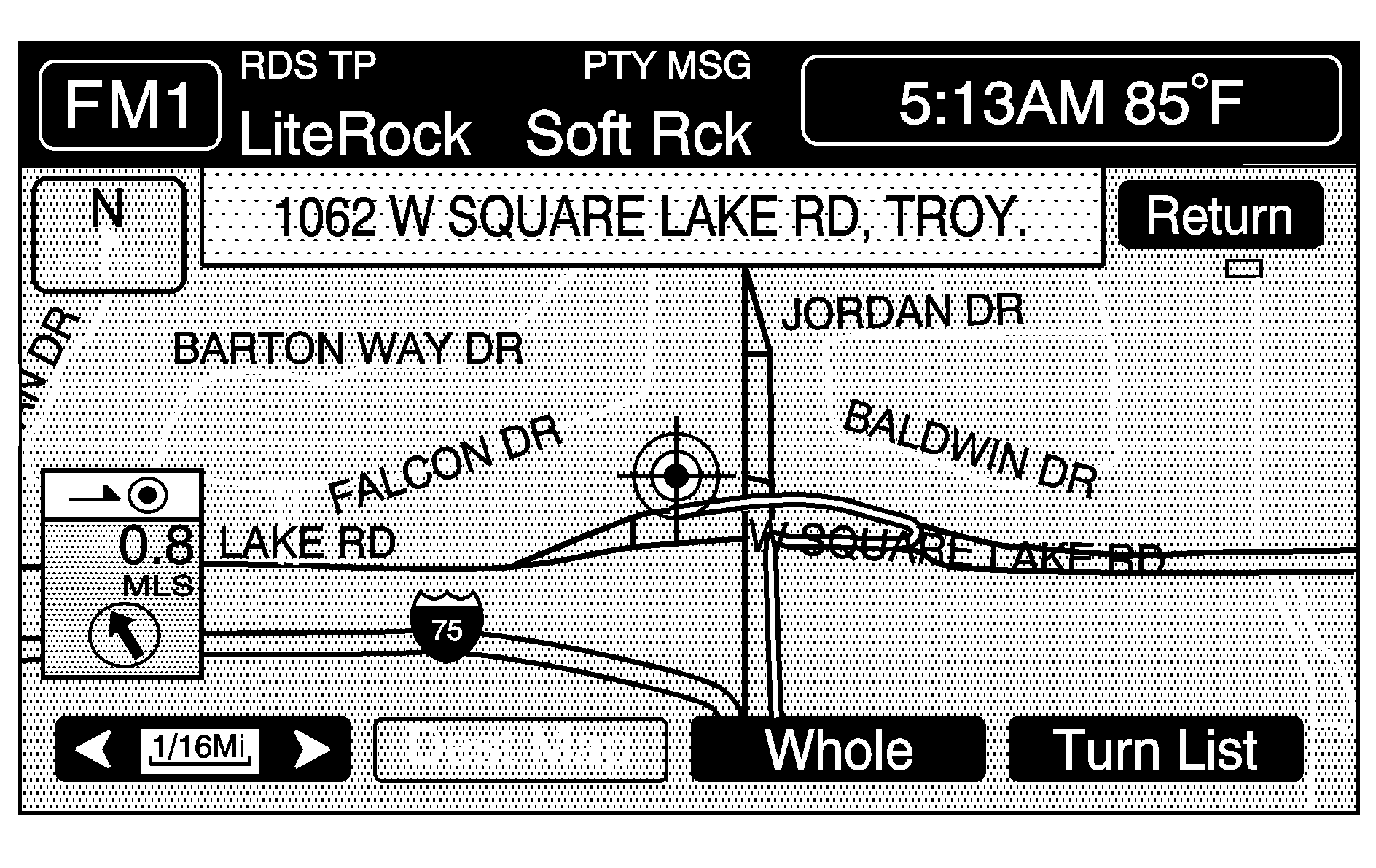
Dest (Destination) Map: This option allows viewing of the final destination location. The destination's name or address displays on the map screen. Touch Return when finished.

Whole: This option allows viewing of the entire planned route. The distance to destination displays on the map screen. Touch Return when finished.
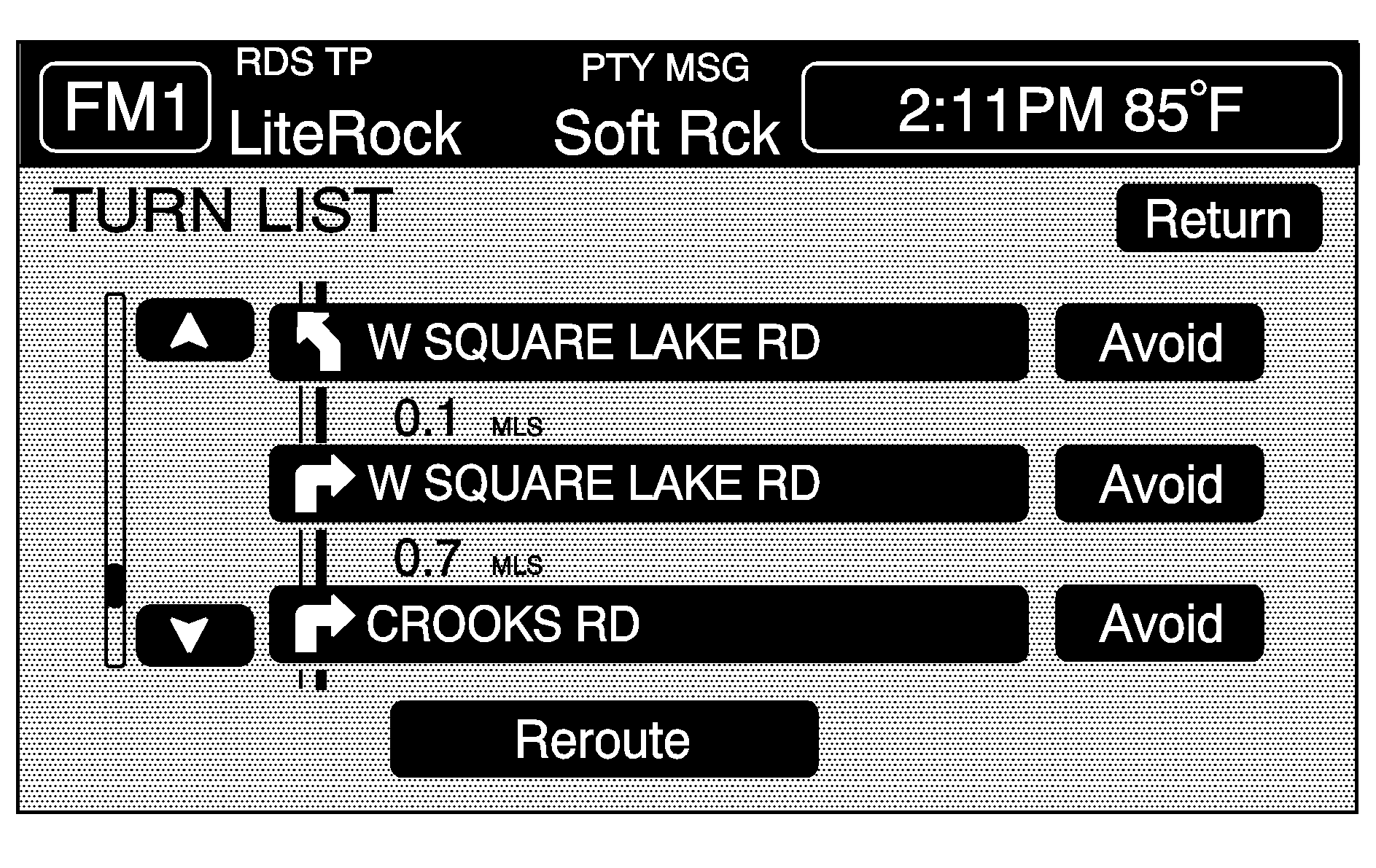
Turn List: This option allows viewing of a step-by-step listing of upcoming street names, the distance that you will travel on the road, and turns needed to make during the planned route.
After touching Turn List, the system may take some time to create the list. The length of time varies depending on the length of the route and the planning methods selected.
The turn list reads from bottom to top. The bottom street name is the street you are currently on. The system automatically updates this screen as each turn is made. Touch the scroll up and down arrows, providing scroll is available. Touching the down arrow gives the current location. Touching the up arrow gives upcoming streets. At times, there may not be names available for entrance or exit ramps.
To avoid a turn, touch AVOID next to the turn to be avoided. Use REDUCE or ENLARGE to edit the avoided point. Touch Reroute or press the MAP key to calculate the new route.
Touch Return to view the current position and to turn the turn list screen off.
Touch REROUTE or press the MAP key to calculate a new route.
Auto Reroute
When the destination is set and you travel off of the planned route, the system automatically begins to reroute. The new route highlights on the screen.
Traveling Across Regions
If driving across several states, the selected region might have to be changed to represent the destination.
There are two ways to plan a destination when traveling across regions.
The following method is suggested and provides the most route guidance and map display functions:
- Change the selected search area region as you get closer to the destination. See "Setting the Search Area" under Maps.
- Enter the destination and route settings. See Enter Destination for more information.
If not using the first method, keep the currently selected search area region and enter the destination. This method allows a destination selection from the easy planning route method or from the All Points of Interest (POI) categories with the "All Search Areas" comment for US Only. For example, Tourist is a category that features this comment. See Enter Destination for more information.
If traveling in or to Canada and the regional border is crossed, the only map scale views available are 4 mi, 8 mi, 31 mi, and 128 mi (8 km, 16 km, 64 km and 256 km). Change the selected search area region when you get closer to the destination. See "Setting the Search Area" under Maps for more information.
